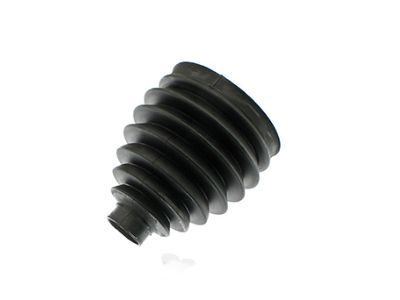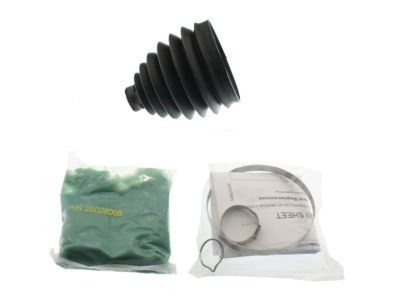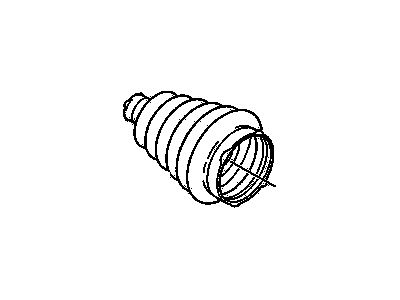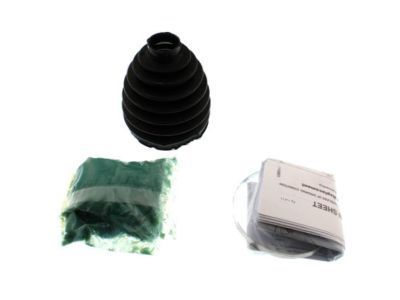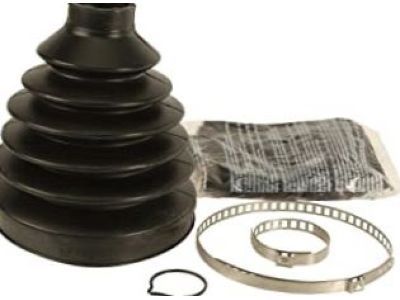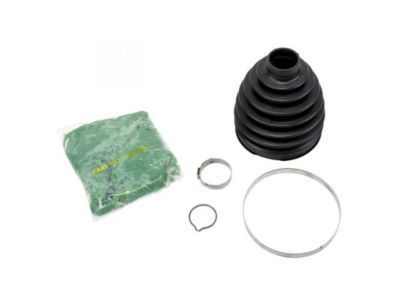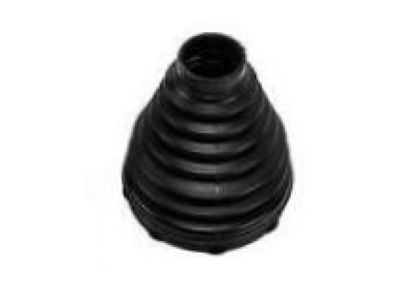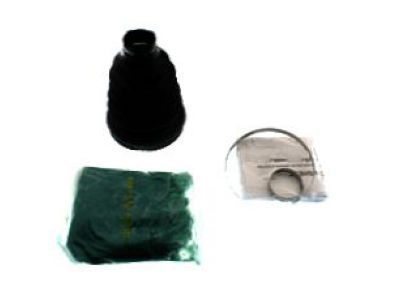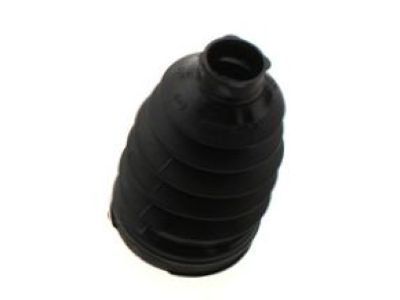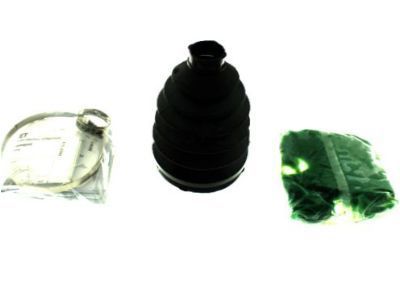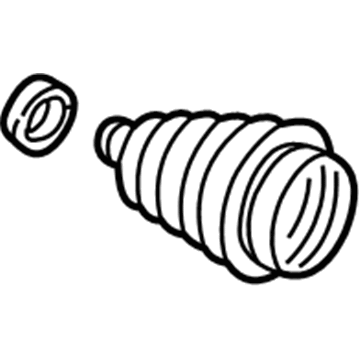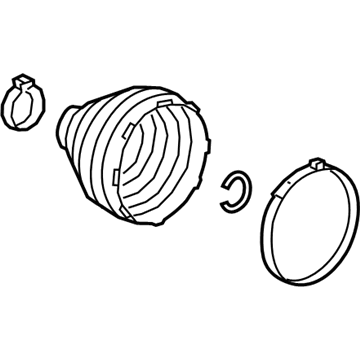
My Garage
My Account
Cart
Genuine Cadillac Escalade CV Boot
Axle Boot- Select Vehicle by Model
- Select Vehicle by VIN
Select Vehicle by Model
orMake
Model
Year
Select Vehicle by VIN
For the most accurate results, select vehicle by your VIN (Vehicle Identification Number).
11 CV Boots found
Cadillac Escalade Boot Kit,Front Wheel Drive Shaft Cv Joint
Part Number: 19256071$109.95 MSRP: $186.34You Save: $76.39 (41%)Ships in 1-3 Business DaysCadillac Escalade Boot Kit,Front Wheel Drive Shaft Tri, Pot Joint
Part Number: 19256072$49.14 MSRP: $83.25You Save: $34.11 (41%)Cadillac Escalade Boot Kit,Front Wheel Drive Shaft Cv Joint
Part Number: 15868188$65.41 MSRP: $111.85You Save: $46.44 (42%)Ships in 1-2 Business DaysCadillac Escalade Boot Kit,Front Wheel Drive Shaft Cv Joint
Part Number: 19209166$51.20 MSRP: $86.77You Save: $35.57 (41%)Ships in 1-2 Business DaysCadillac Escalade Boot Kit,Front Wheel Drive Shaft Tri, Pot Joint
Part Number: 19209167$45.40 MSRP: $75.13You Save: $29.73 (40%)Ships in 1-2 Business DaysCadillac Escalade Boot Kit,Front Wheel Drive Shaft Tri, Pot Joint
Part Number: 26062618$33.07 MSRP: $54.75You Save: $21.68 (40%)Cadillac Escalade BOOT KIT-RR WHL DRV SHF CV & TRI-POT JT
Part Number: 84846848$60.13 MSRP: $94.61You Save: $34.48 (37%)Ships in 1-2 Business DaysCadillac Escalade BOOT KIT-RR WHL DRV SHF CV & TRI-POT JT
Part Number: 84929646$84.00 MSRP: $132.15You Save: $48.15 (37%)Ships in 1-2 Business DaysCadillac Escalade Boot Kit,Front Wheel Drive Shaft Tri, Pot Joint
Part Number: 26062615$27.66 MSRP: $43.53You Save: $15.87 (37%)Cadillac Escalade BOOT KIT-FRT WHL DRV SHF CV JT
Part Number: 87842370$27.02 MSRP: $42.51You Save: $15.49 (37%)
Cadillac Escalade CV Boot
The CV Boot of Cadillac Escalade cars is an important part of the car that has to safeguard the constant velocity (CV) joints which are responsible for the power transferring from the transaxle to wheels. It is this resilient rubber or plastic sheath that holds the required lubrication for the CV joints but at the same time will not allow grit to intrude, so as to enhance the CV joints' performance. It must however be understood that over the years, Cadillac Escalade models have for instance used different types of CV Boots, depending with the type of CV join used on the vehicle in question. The most popular units of it are the ones that support Rzeppa joint for the outer ends and tripod or double-offset joints for the inboard ends. The Cadillac Escalade's CV Boot needs to be checked often since if it is damaged, specifically developing cracks or tears in the boot, there will be significant problems with CV joints and the whole functionality of the model.
Each OEM Cadillac Escalade CV Boot we offer is competitively priced and comes with the assurance of the manufacturer's warranty for the part. Furthermore, we guarantee the speedy delivery of your orders right to your doorstep. Our hassle-free return policy is also in place for your peace of mind.
Cadillac Escalade CV Boot Parts Questions & Experts Answers
- Q: Should the Shock Absorber and CV Boot be checked periodically on Cadillac Escalade?A:Steering linkage with suspension parts must undergo routine examinations because worn out or damaged ones may cause early tire wear, poor ride and handling, and low fuel consumption. When checking the shock absorber, the vehicle should be placed on a flat surface with the engine turned off, the parking brake engaged, and while checking tire pressure. Kneel down on one corner of the vehicle and bob it down and up, snapping its body should not move more than one or two bounces if it continues to move or fails to return, then, packing of the shock absorber could be the problem. Do this check again at the other corners then lift the car using jack stands as a support. Check the fluid leakage on the shock absorbers; make sure that the fluid observed is from the shocks, if the leakages are present, replace both of them. Ensure that the shocks are well fitted and have no signs of damage, especially the upper mounts as a result of wear or damage, if so replace them. When doing a steering and suspension check, you should inspect all components for damages, distortion, and leaks, and this is especially so where the bushings are at the top of the control arms touching the chassis. Sweep the lower end of the steering knuckle and ask an assistant to turn the wheel in and out to worn any movement at the ball joint; if any, it has to be replaced. Pick the front tires one by one and grab by the rim from both sides, apply pressure and try to twist as you look for some play in the steering system and if any is felt, then check the idler arm and tie rod ends. In 4x4 models, check the CV boots, which house the constant velocity joints and which should be washed with soap and water so that they don't degrade prematurely. Inspect the outer CV boot at least once a month because the strong pivoting action will produce wear to the boot, looking for tears, cracks or a loosening of the clamps and replace any CV boots that are leaking lubricant.
Related Cadillac Escalade Parts
Browse by Year
2024 CV Boot 2023 CV Boot 2022 CV Boot 2021 CV Boot 2020 CV Boot 2019 CV Boot 2018 CV Boot 2017 CV Boot 2016 CV Boot 2015 CV Boot 2014 CV Boot 2013 CV Boot 2012 CV Boot 2011 CV Boot 2010 CV Boot 2009 CV Boot 2008 CV Boot 2007 CV Boot 2006 CV Boot 2005 CV Boot 2004 CV Boot 2003 CV Boot 2002 CV Boot 2000 CV Boot 1999 CV Boot
